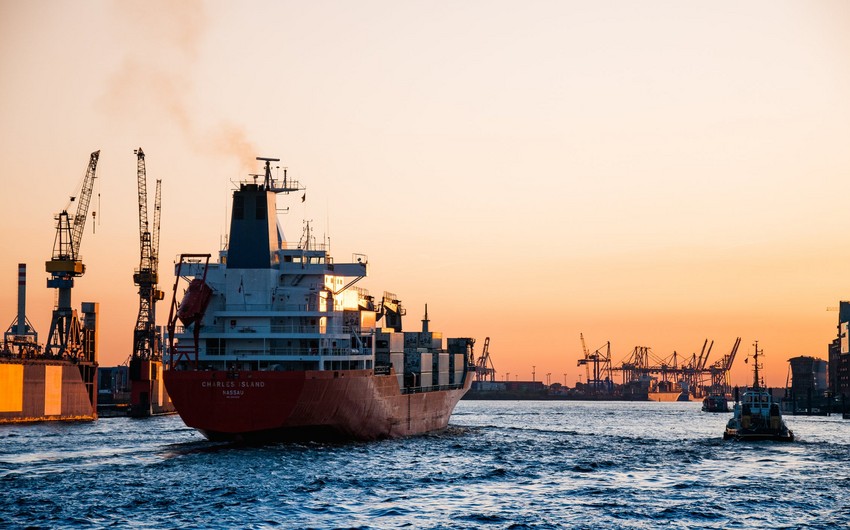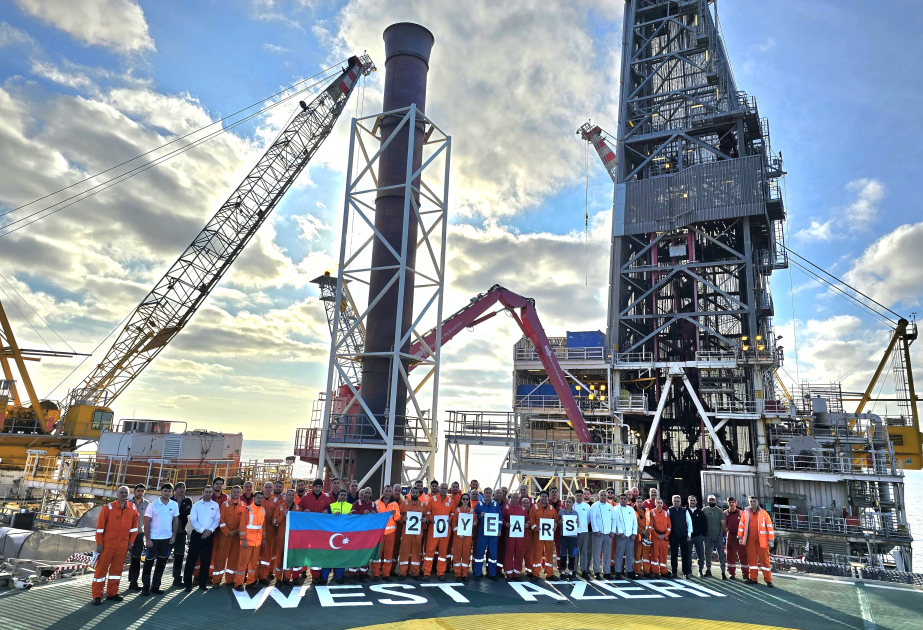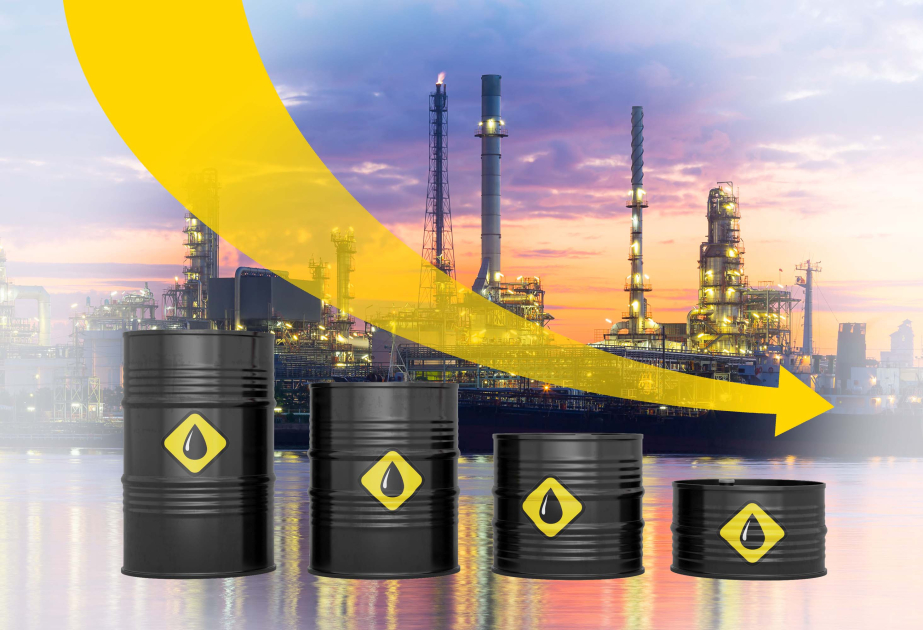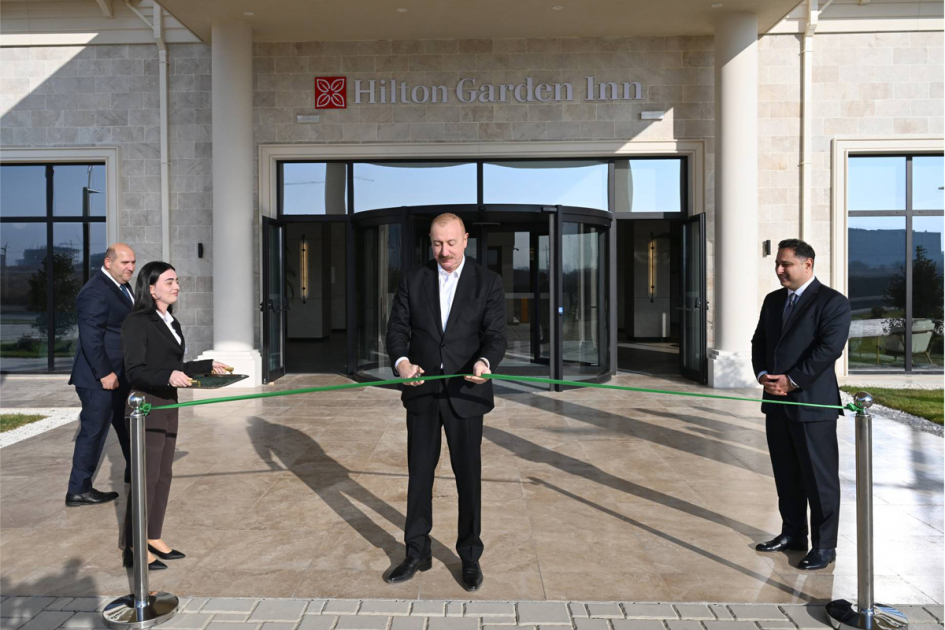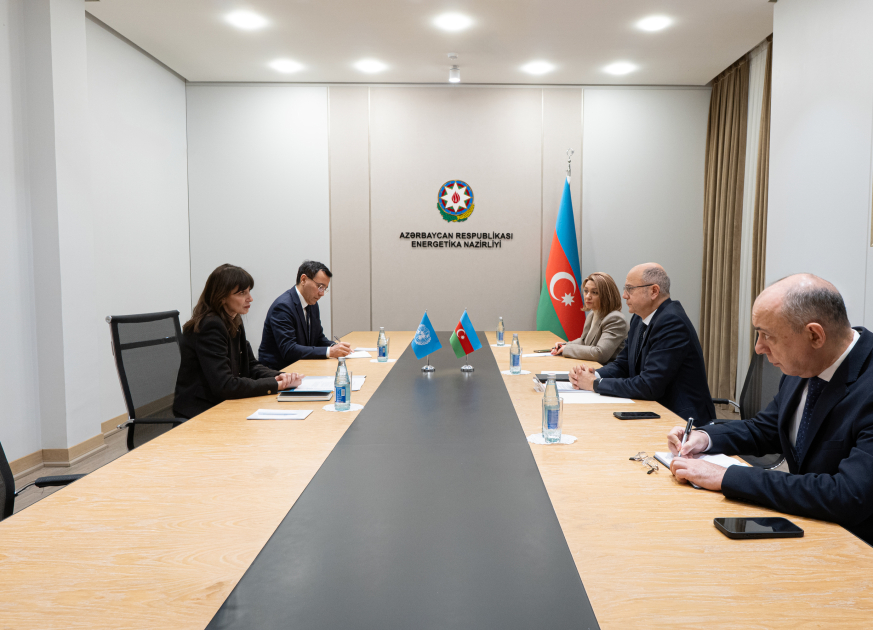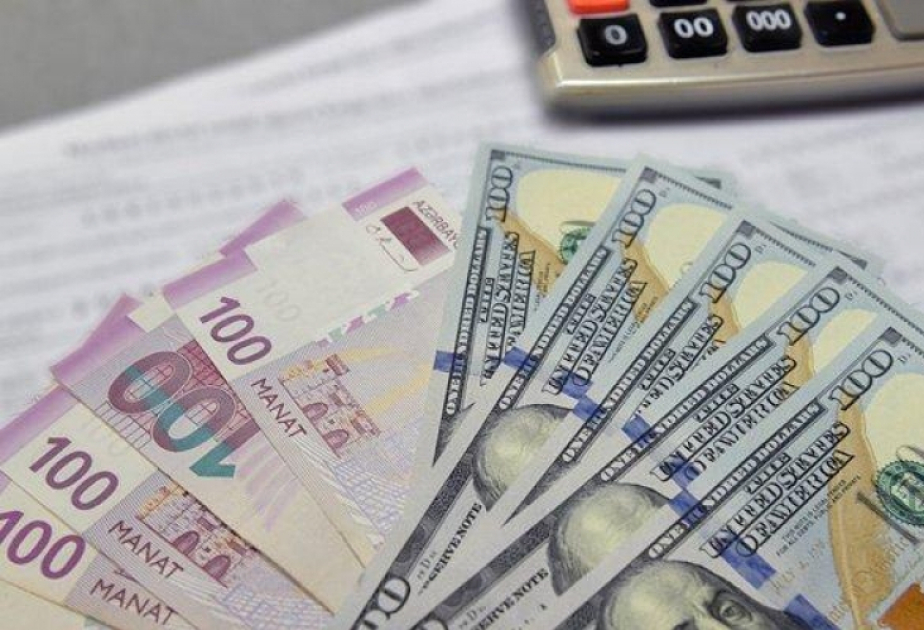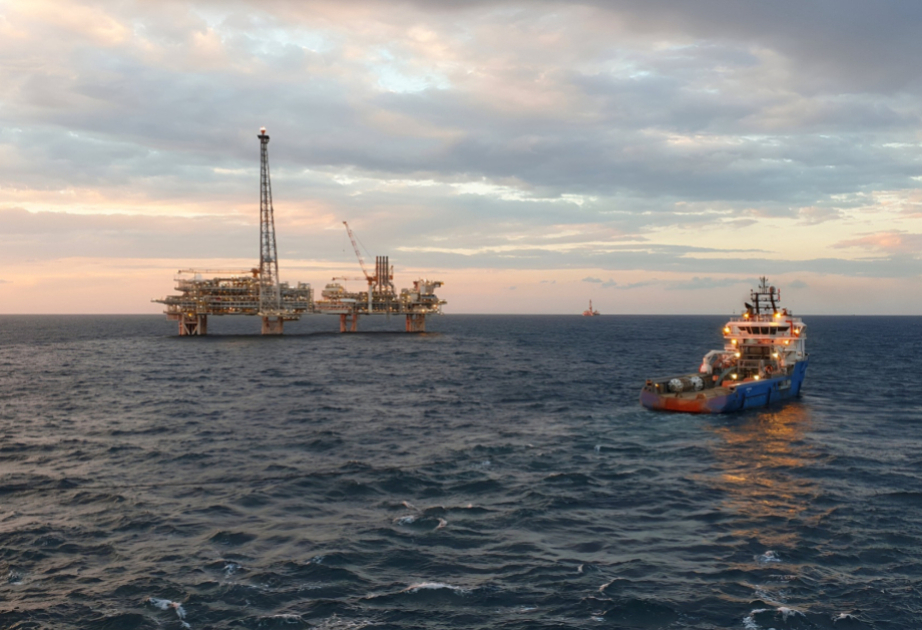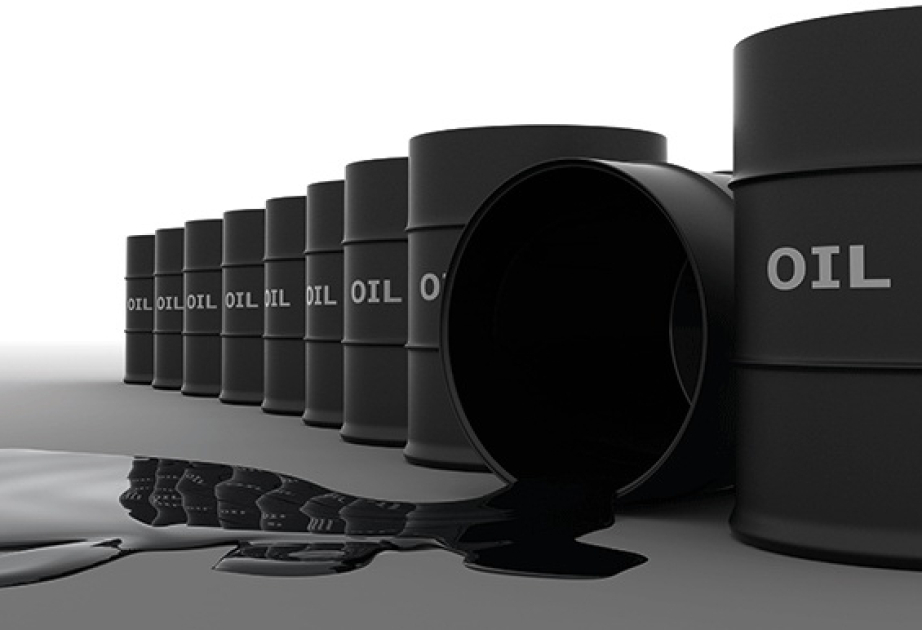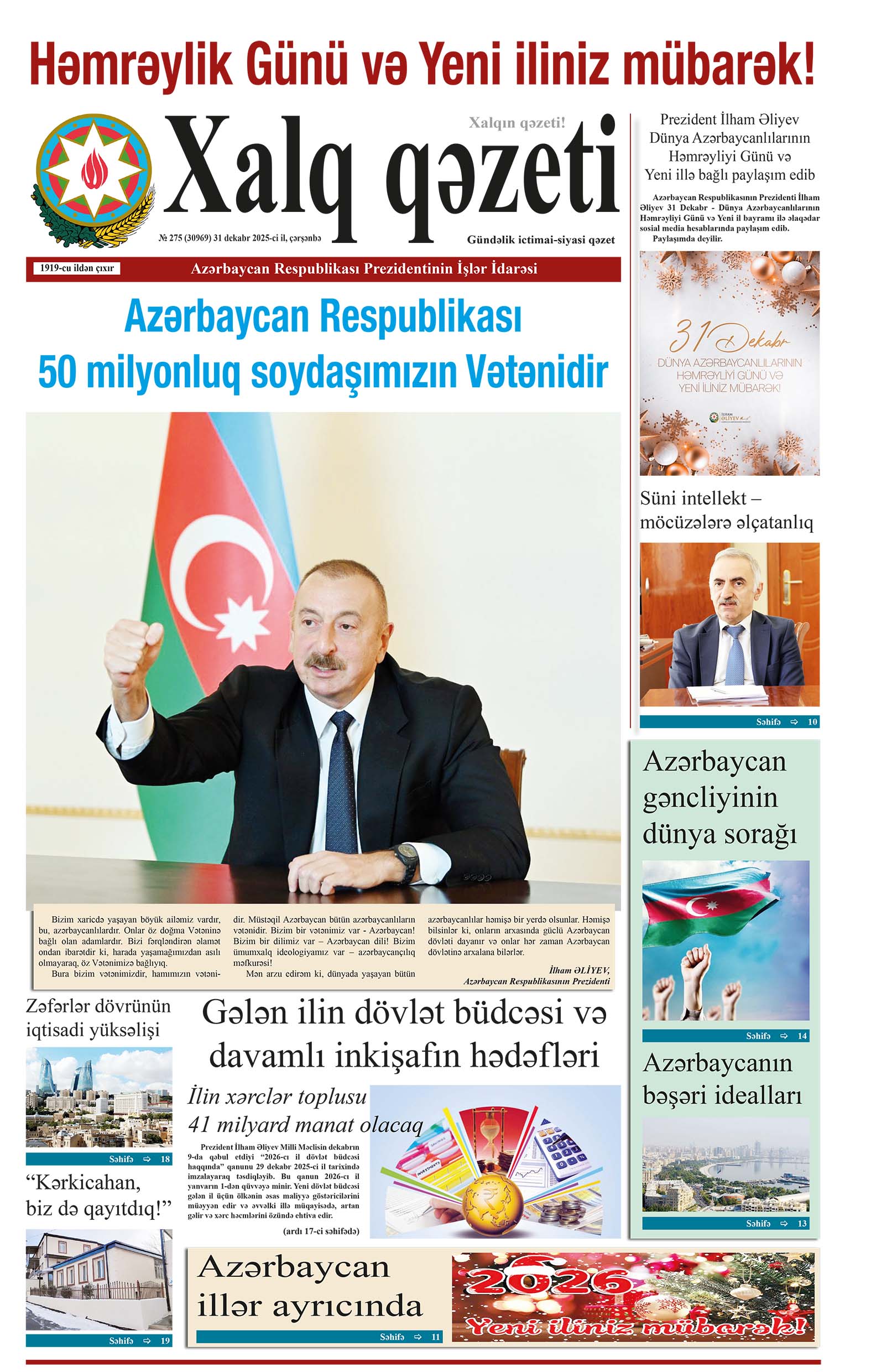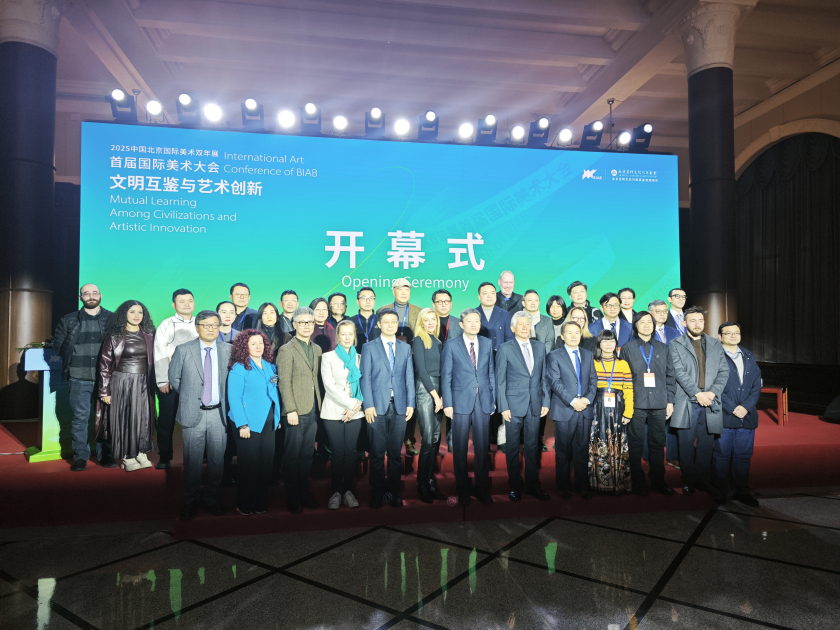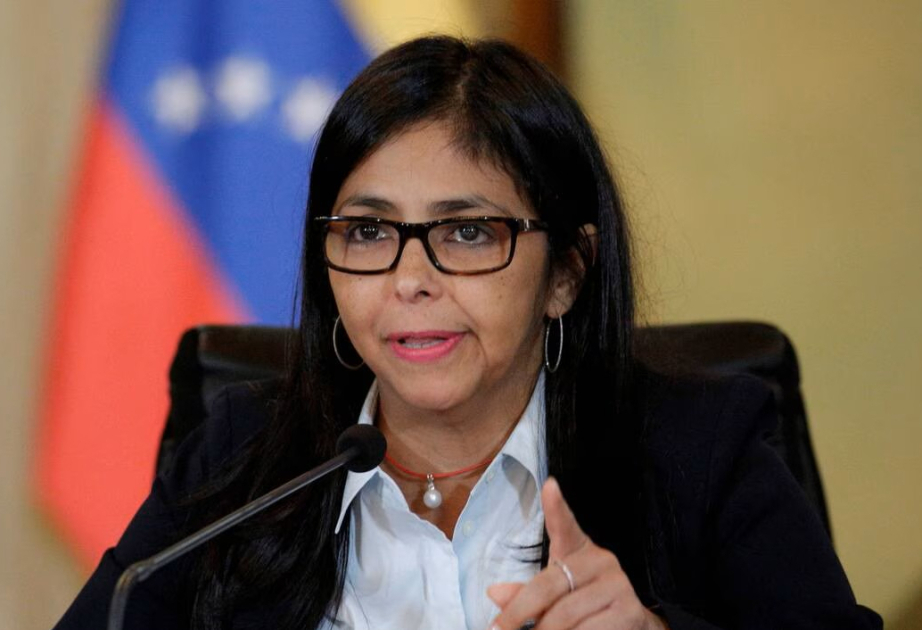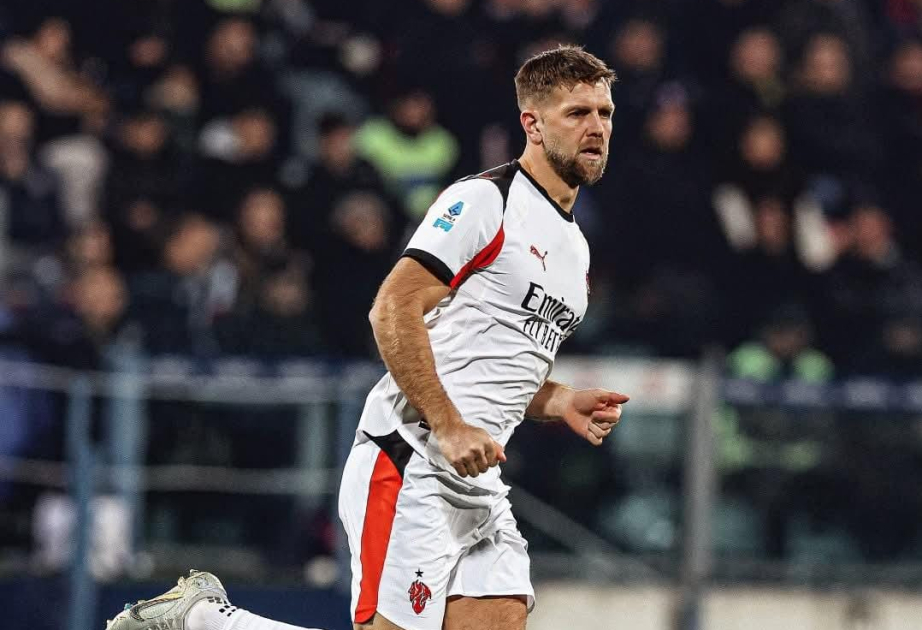Crisis in transport routes - Middle Corridor's perspective and Azerbaijan's strategic steps
The Houthis' recent attack on ships in the Red Sea has had a serious impact on cargo transportation processes and disrupted the supply chain. In light of the events, logistics companies are turning to alternative routes. One of these routes is to deliver goods to Europe via the Cape of Good Hope, where the delivery time is at best 20 days and the cost of transportation increases by at least 70%. Also, the new road leads to a shortage of ships and containers, all of which are reflected in the price increase. All these factors highlight the attractiveness of the Trans-Caspian International Transport Route (Middle Corridor) and the importance of Azerbaijani logistics.
As a result of the incidents in the Red Sea, Report conducted a study on the role of the Middle Corridor, the readiness of Azerbaijan's transport and logistics infrastructure for increased demands, and the work done in this direction.
The geopolitical situation has increased the volume of transportation in the Middle Corridor direction
Recent events in the region, especially the Russia-Ukraine conflict, have significantly increased the importance of the Middle Corridor and the volume of transportation in this direction. It is no coincidence that last year, the volume of cargo transportation by sea in Azerbaijan increased by 2.1 times compared to 2022. Exports increased by 48% and imports by 2.1-fold.
In 2023, sea ports handled 13,375,600 tons of cargo. Of this, 11,048,800 tons, or 82.6%, were transit cargos.
As of January 1, 2024, the amount of cargo remaining in the ports was 463,100 tons.
Thus, Azerbaijan sees an increase in cargo transportation by rail. So, last year, in general, the volume of cargo transportation by this type of transport was 7% more than in 2022. The volume of exported goods increased by 12% and imported goods by 3%.
In the background of the events in the Red Sea, cargo is predicted to boost in the Middle Corridor
As a result of the changing geopolitical situation, the increased potential of the Middle Corridor is attracting even more attention due to the Houthis' attack on ships sailing in the Red Sea. One of the main reasons for this is that freight rates on the most affected routes, such as Asia-Europe, have increased by almost 300% in recent weeks, and these rates can potentially double again. Although many shipping companies prioritize safety in cargo transportation, the cost and time factors are not ignored. Currently, the largest logistics companies (Maersk, Cosco, etc.) have decided to deliver their ships to Europe via the Cape of Good Hope for safety reasons (near South Africa) instead of through the Red Sea and the Suez Canal, and at this time they faced a serious loss of time and money. At the same time, a number of European companies (IKEA, KONE, etc.) warn their customers that their products will be delivered late. All these events drew attention to the Middle Corridor, in which Azerbaijan is also an active participant.
Elmar Habibli, press secretary of Baku International Sea Trade Port CJSC, told Report that against the background of these events, interest in the Middle Corridor, which passes through Azerbaijan and connects Europe and Asia, is growing rapidly.
He noted that as the cost and duration of sea transportation increase, the greater part of the cargo transported between the two continents is directed to the Middle Corridor: "An upsurge in the number of block trains leaving China for Europe, passing through Kazakhstan and Azerbaijan, is being recorded. This volume of cargo is expected to increase in the near future."
Is Azerbaijan ready to receive increased cargo through the Middle Corridor?
The growing potential of the Middle Corridor not only increases the volume of transit cargo passing through Azerbaijan but also imposes important obligations. Attention should be paid to the number of containers and ships and the capacity of ports to transport the increased cargo without wasting time.
Rufat Bayramov, Permanent Representative (National Secretary) of the IGC TRACECA in Azerbaijan, spoke about the work done in connection with the reception of increased loads: "Important work is being done in connection with the development of transport infrastructure in Azerbaijan located at the intersection of the East-West and North-South corridors. The implementation of the second phase of the development of the Port of Baku, the steps taken to increase the naval fleet, as well as the work done by Kazakhstan to improve the ports, indicate the great potential of the Middle Corridor. It is also important to take a number of steps to be prepared for events in the region, and work is being done in this direction. So, we are currently working on issues related to customs and the application of digital technologies. Our goal is to create a convenient platform for shippers, carriers, and government agencies that control border-crossing procedures by forming an electronic document."
Bayramov pointed out that, as a result of increasing demand, steps are being taken to raise the number of ships floating in the Caspian Sea for cargo transportation: "Most of our fleet consists of Soviet-era ships, which cost much in terms of use and fuel. Ro-Pax-type ferry vessels Zarifa Aliyeva and Azerbaijan are involved in cargo transportation along the corridor. It is also planned to build several oil tankers and dry cargo ships. I must mention that, as TRACECA, we are working on a new ship concept. Here, a new design is prepared taking into account the level of the Caspian Sea, the length, height, and capacity of ships. Agreements will be made in this direction by the end of the year, and the ships will be built and put into use. Considering that the ships to be built will be operated in the Caspian Sea, it can be assumed that the construction will be assembled in Azerbaijan. Azerbaijan Caspian Shipping is closely involved in this issue and gives its suggestions and recommendations. However, as this matter is currently in the form of a concept, the contractors have not been defined yet."
A TRACECA official noted that there is also a shortage in the number of containers: "Expansion of the container park is one of the urgent issues. Azerbaijan Railways CJSC and relevant institutions of Kazakhstan are working in this direction. Besides, the digitalization of the TRACECA corridor can lead to a 10-fold increase in container traffic (600,000 containers per year). I think that positive results will be achieved in this direction as well."
In 2022, container traffic through the Middle Corridor was 33,000 TEU containers. The current capacity of this corridor is 80,000 TEU containers.
Azerbaijan Railways CJSC told Report that in 2023, container transportation by all modes exceeded 100,000 TEU, and in 2024, there is a possibility to increase this volume by 100%.
Finally, it should be noted that the events taking place in the world at the moment focus attention on the security criteria in the field of transport and logistics, as in all fields. The Middle Corridor is not only time- and financially efficient but also reliable in terms of stability. Azerbaijan breathes new life into this corridor with the Port of Baku, Baku-Tbilisi-Kars, and Zangazur corridor. Further development of the Middle Corridor, which is economically and politically efficient, is important in terms of being ready for the processes in the region, playing the role of a reliable bridge in cargo transportation, and contributing to the country's economy.


